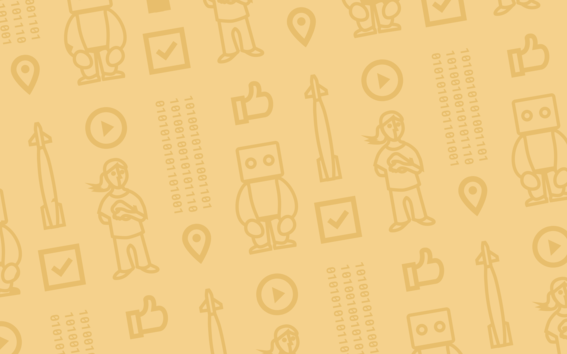Programming for Designers

Learning outcomes
On successful completion of this course, students will be able to:
- Use HTML, CSS and JavaScript to create simple interactive websites from scratch.
- Define layouts and program web elements that are responsive to users’ interactions
- Use code editors and debug (i.e., locate errors) in program code
- Apply "computational thinking" (i.e., think like a programmer): work iteratively (i.e., in cycles) and solve large programming tasks by dividing them into smaller-sized problems
- Transfer their programming skills to other programming tasks, such as Python or Arduino/Processing
Content
This course is an introduction into programming for designers without requirements for prior programming experience. Its special emphasis is on designing and realizing visions of graphics and interactions in digital products. Learning happens in a hands-on fashion, by completing online (MOOC) exercises and completing one web-oriented programming project that puts all the learning contents together. Students get support for their learning in weekly tutoring sessions. In the end of the course, the skills learned from web programming context are put into use in a different programming context (e.g., Python or Arduino/Processing). This illustrates how skills in one programming language can be easily applied to other programming tasks too.






